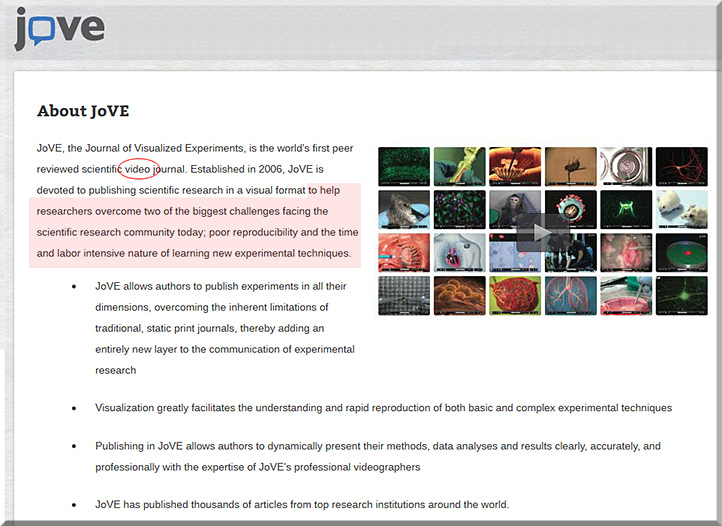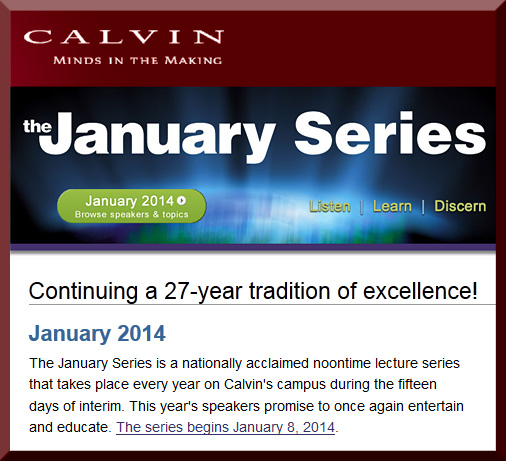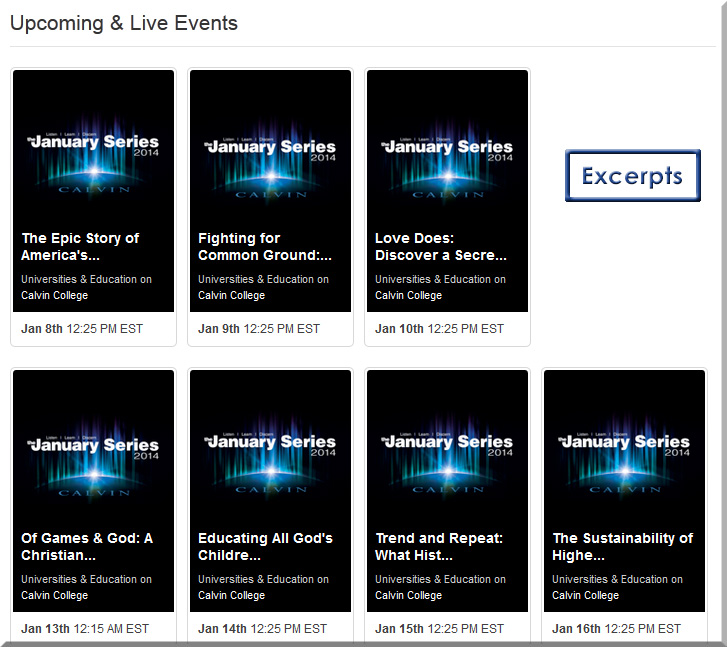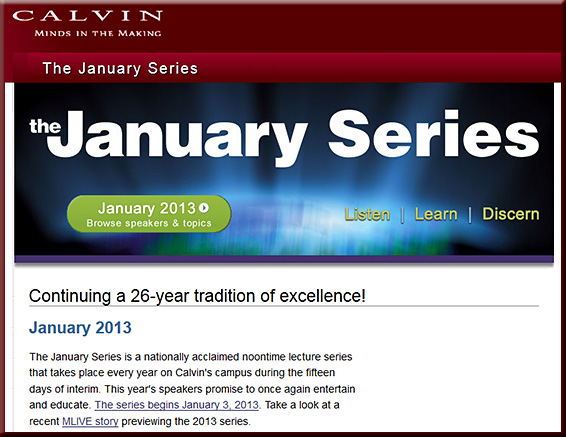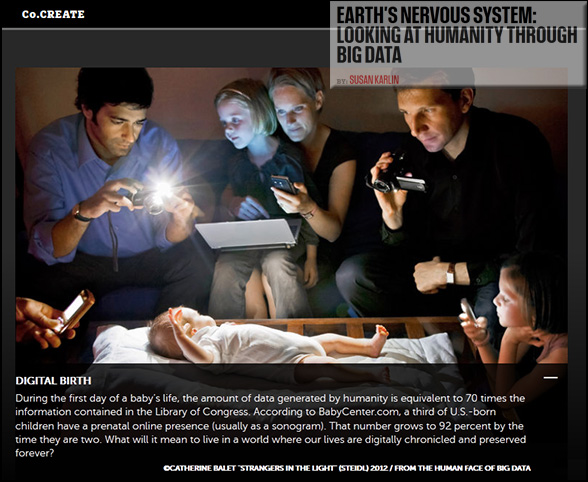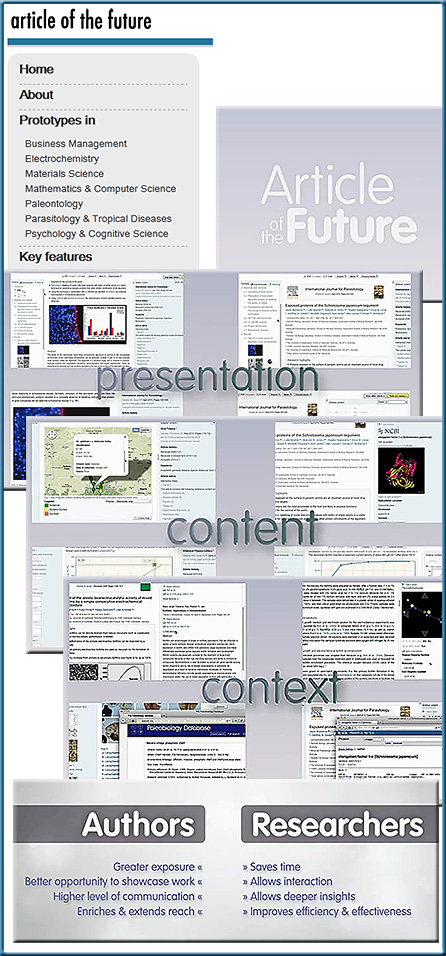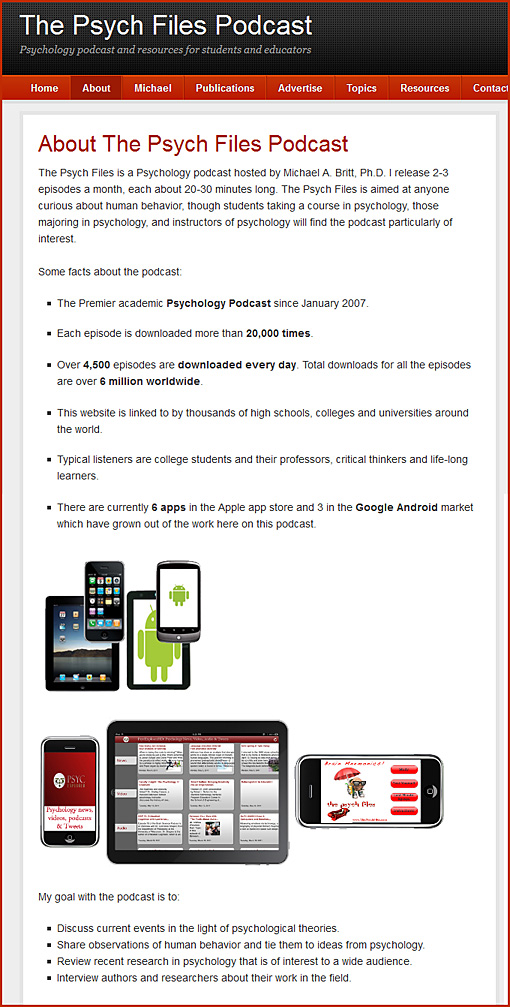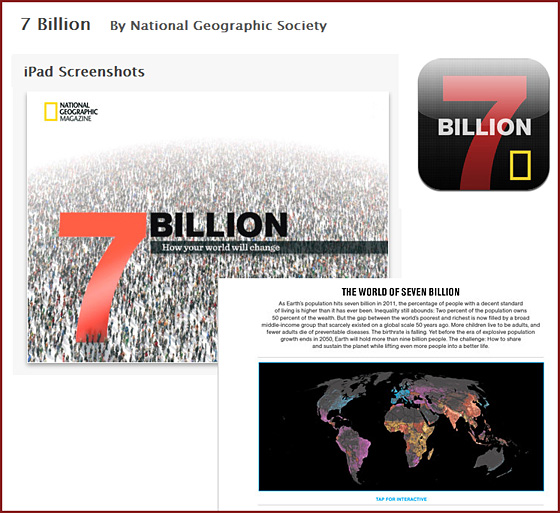Research Application for the 21st Century: A Video for Every Scientific Article — from jove.com on January 20, 2014
Excerpt:
Last week, JoVE, the Journal of Visualized Experiments, introduced a web application allowing scientists to view their text-based scientific articles in a 21st century format.
Named the Ask JoVE button, this new web application, or bookmarklet, generates a collection of peer-reviewed videos demonstrating the techniques used in a given scientific paper. It offers researchers the opportunity to watch the crucial components of a procedure, thereby reducing experimental error and the time it takes to learn the experiment.
“We created this new feature because we want to visualize all the science literature in the world,” said JoVE’s CEO, Dr. Moshe Pritsker, “For every science article you read, click on the Ask JoVE button and immediately see videos of experiments related to this article, filmed at the best university labs.”









